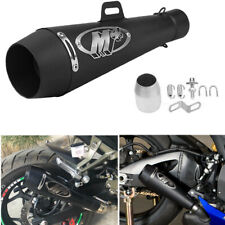Aston Martin, Mobiado debut CPT002 smartphone concept that doubles as key fob

Luxury car owners love to be pampered, and supercar owners love to be super-pampered. In that vein, Aston Martin has decided to team up with Canadian luxury phone manufacturer Mobiado to design the CPT002 concept phone.
The CPT002 serves the purposes of a smartphone, but also serves as a replacement for one’s Aston Martin key fob. The advanced technology automatically unlocks the doors of one’s Aston and once inside, interfaces with the cars GPS and in-dash display to offer Twitter, Foursquare, and Facebook accessibility.
Also included is a hyper-advanced safety feature: An onboard accelerometer coordinates with the car’s computer to act as an additional sensor in the event of a crash. That’s right, the phone in one’s pocket helps calculate the rate at which one is hurtling face-first into the steering wheel, thus informing the airbags how and when to deploy and the seatbelts when to stiffen.
As far as aesthetics are concerned, the phone is as sleek as sleek gets, constructed of platinum and transparent sapphire crystal.
The CPT002 software combines with the vehicle GPS providing a new level of social network experience:
- FourSquare will show your current location as well as the location of your friends and nearby venues all integrated on a GPS map of the Aston Martin car display, to help you plan your night and organize parking locations.
- Cameras integrated into the vehicle can be set to periodically update FaceBook and Twitter with pictures, video, and information of passing cities/landmarks during road trips, or can update your social sites in real time with your progress during race track days.
- At the time of an accident, the vehicle Airbag will receive accelerometer information from the CPT002 in the driver’s pocket. These readings will give the car information of the driver’s acceleration movement from within the car seat, allowing for more responsive control over safety deployments such as airbag sequence, timing, and seatbelt stiffening.
– By: Stephen Calogera
Source: Mobiado (via CARandDRIVER)











